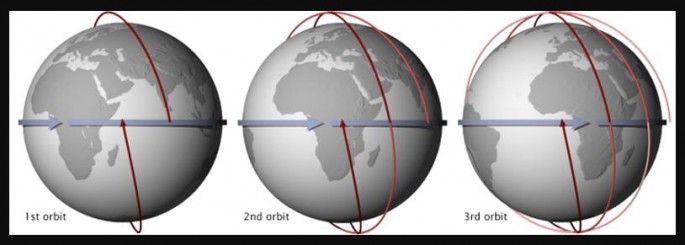China will soon begin developing its next-generation Long March 8 medium-lift carrier rocket optimized for deploying spy satellites into a "Sun-synchronous orbit" (SSO) from which they can better spy on targets in the United States and in its Asian allies.
Long March 8 will be developed by state-owned China Academy of Launch Vehicle Technology (CALT), China's largest maker of rockets. China's space program is a military dominated enterprise run by the People's Liberation Army (PLA), and is mostly aimed at securing military advantages through the use of spy satellites. The "civilian" part such as the Tiangong 2 space station shown to the world also has military underpinnings.
Long March 8, which from its description will be a "spy rocket," will have a modular design tailored to meet military objectives. It will use engines on the Long March 5 and Long March 7, both of which are reliable rockets developed by CALT.
Long March 8 will be capable of placing a payload of about 4.5 metric tons into SSO, or 2.5 tons to geosynchronous transfer orbit (GTO). In an SSO, a satellite circles the Earth at the same rate that the Earth orbits the sun. In a GTO, the satellite matches the rotation of the Earth.
SSO is the preferred orbit for spy satellites, especially those with powerful cameras, because a spy satellite crosses over the equator at about the same local time each day (and night). SSO allows consistent military observations with the angle between the Sun and the Earth's surface remaining relatively constant.
SSO is advantageous for spy satellites because it keeps the angle of sunlight on the surface of the Earth as consistent as possible, though the angle will change from season to season.
This consistency means that imaging experts can compare images from the same season over several years without worrying too much about extreme changes in shadows and lighting, which can create illusions of change.
Without an SSO, it would be very difficult to track change over time. It would be impossible to collect the kind of consistent information required to study changes at a U.S. Air Force missile site, for example.
"Its core stage will be based on those used by the Long March 7 and Long March 3A, and it will have two solid-propelled boosters that are 2 meters in diameter," said Li Tongyu, head of carrier rocket development at CALT.
"We will spend up to three years on its development and if everything goes well, its maiden flight will take place by the end of 2018."



























